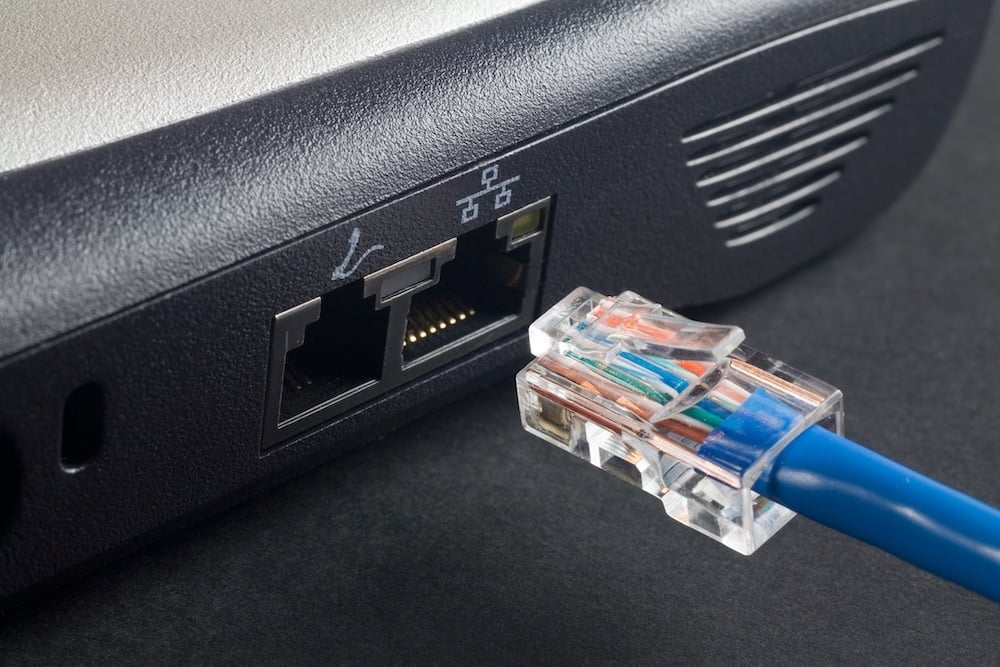It seems like they could be rendered ineffective by simply disabling auto run and forcing removable drives to mount noexec.
You would be shocked at the amount of times employees would bring devices into our air gapped network.
Well it’s believed it entices users to click the malware to run by disguising itself as the last accessed folder with the same name and folder icon.
In that case having the option to always show extensions enabled would be helpful for trained users who care to be careful.
It’s not that interesting sounding given we know the NSA and eyes countries have developed compromised firmware for certain hard drives to enable true spread without interaction or hope of prevention. Whenever I see one of these I wonder if it’ll be a case of compromising the device itself but it’s this old stuff instead which can be defeated with a good security posture.
When the drive is mounted noexec it’s not possible to run any programs on it. You can also mount any user writable directories noexec so they can’t copy the program somewhere else and run it.
Did people think that not connecting to a network was a magic technique that prevented infections from being spread on USB drives if you move them back and forth?
No but it’s a good start. The problem is that literally everyone would do it, from directors to the lowest paid people on the job. EVERYBODY does it. We detected and blocked, so then they started hardwire connecting to switches that they saw in offices. We had blocked those, so they started trying to connect to industrial switches out in the factories.
It was maddening.
But switches have all ports set to shut and open ports bound to the device connected… or is this not common?
It depends on the environment for sure. That was standard at the end of my career but definitely not at the beginning.
literally
There are other adverbs.
everyone would do it, from directors to the lowest paid people on the job
Ensure the kernel filters out all USB except for the major/minor used by mice and keyboards. This is absolutely standard for secret-squirrel shit. Default to rejected, but allow a few.
This was a long time ago in a different world. I’m an old man now. My job now is coaching soccer and gardening and baking, but thanks for writing that. Hopefully new admins see it.
And it was literally.
We had air gapped systems (we didn’t have internet) in the 90s and they still got viruses(from floppy disks). I don’t understand what is new?
Hell, there was a time dropping USB sticks in a parking lot would get systems like this infected. That might be how Stuxnet got into the Iranian centrifuges.
Was a time?
It’s absolutely still a thing. Just label it “VP Qrtly”.
“Vascular… penus… quart of lye? I gotta see what’s on this”
Is this mitigated by blocking mass storage devices on all devices on the air gapped network? Seems like the minimum you would want to do on a network important enough to air gap.
Depends. If you need updates on the software used in the air gapped network you won’t have lot of options. Burning cd’s doesn’t sound so crazy all of a sudden though…
Having worked in classified areas, both as an admin and an unprivileged user, CDs were normally the method of transferring data up the network. (Transferring down rarely occurred, and even then you’d be limited to plaintext files or printouts.)
I’ve seen more places use data diodes to perform one- or two-way transfers so that requests can be streamlined and there’s no loose media to worry about tracking. It’s not super fast and higher speeds mean more expensive equipment, but it covers 98% of software update needs, and most non-admin file transfers were under 20MB anyways.
Anything that did require a USB drive, like special test equipment (STE) or BIOS updates, had to use a FIPS-140-1 approved drive that offered a ready-only mode via PIN. This drive could only be written to from a specific workstation that was isolated from the rest of the machines (where data was transferred via CDs of course) and required two persons to perform the job to ensure accountability.
Not the most time-efficient way of doing things, and not completely bulletproof, but it works well enough to keep things moving forward.
You can greatly reduce the attack surface by limiting device use to specific users or maybe even specific devices that are controlled.
I mean therein lies the problem. If you remove mass storage devices but allow cds then that’s just a different attack vector to exploit. You could potentially make it so there is no way to interface with any kind of storage but then when someone finds a way to break things open with a hid device you now have no practical way to fix the issue (plus working with the machine will be a nightmare)
CDs have an advantage over USB drives in that they can’t actually secretly be USB HID devices like a fake keyboard or mouse that runs a bunch of commands when it plugs in. It’s only a storage device.
A super secure environment might then lock down all USB devices to ones known by them and then epoxy all ports and devices.
No. This exploit worked because the medium is read-write. Once a disc is finalized, it cannot be written to. You can’t exfiltrate data via the CD.
I’m sure there’s some modified CD burner out there that can write to a finalized disc, but this would only work where the air-gapped machine supports it, and also even has a drive that can write.
Unless it’s a rewritable cd, or the cd is the first step in a chain of exploits that allows write access on the usb ports used for peripherals so that an inside person could get away with a usb key or modified keyboard, or something else we can’t conceptualize but some group of well funded state actors can
Wouldn’t you validate that update on a test machine in an isolated environment…like we’ve done since forever?
That still won’t say anything about the reliability of the medium. The update itself isn’t the problem.
The basic flow of the attack is, first, infecting an Internet-connected device through a means ESET and Kaspersky have been unable to determine. Next, the infected computer infects any external drives that get inserted. When the infected drive is plugged into an air-gapped system, it collects and stores data of interest. Last, when the drive is inserted into the Internet-connected device, the data is transferred to an attacker-controlled server.
Guys, storage devices move data from one machine to another. /pikachuface
Compromised air-gapped systems with http server and GoogleDrive?
Saywhat?





